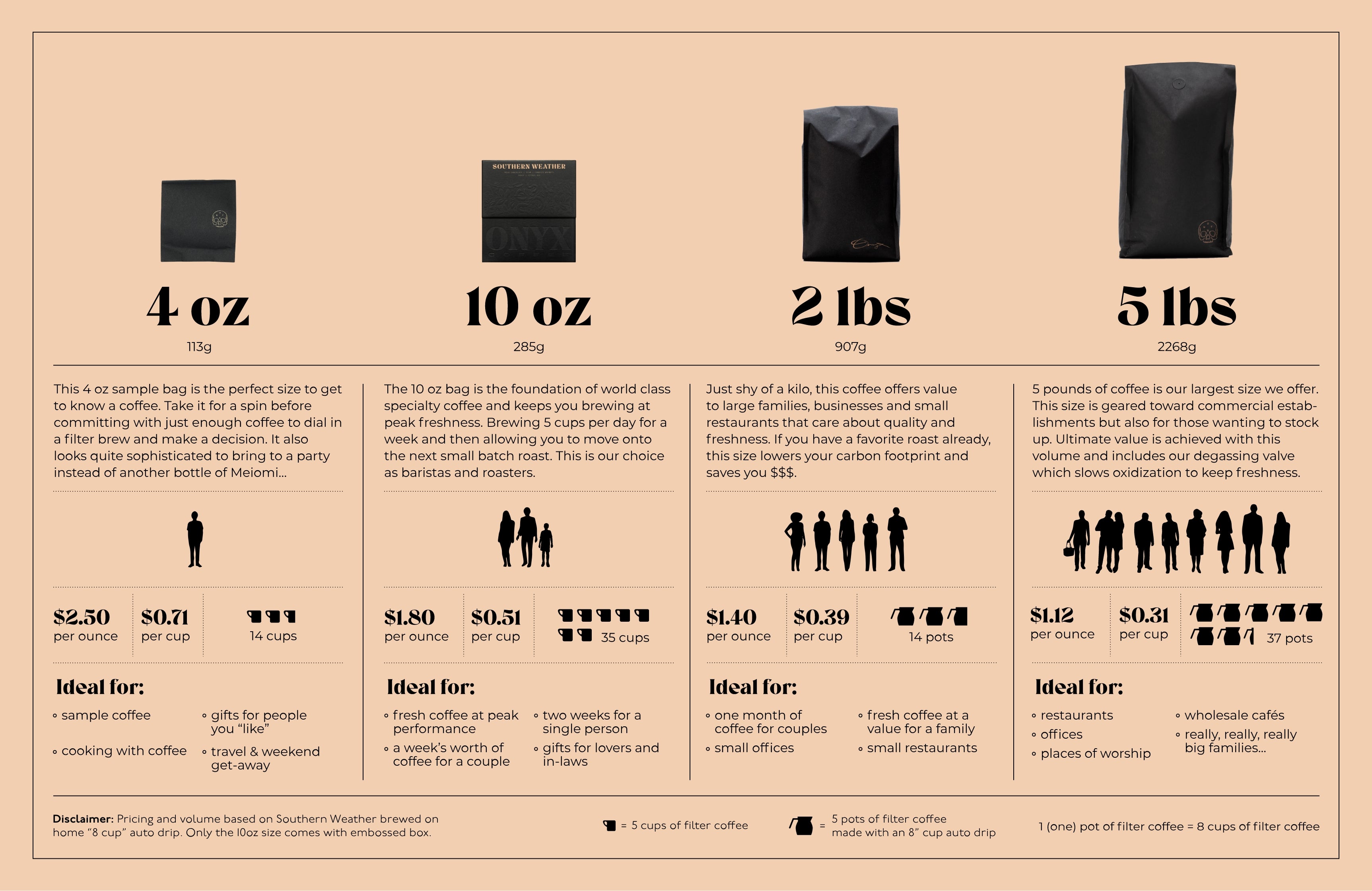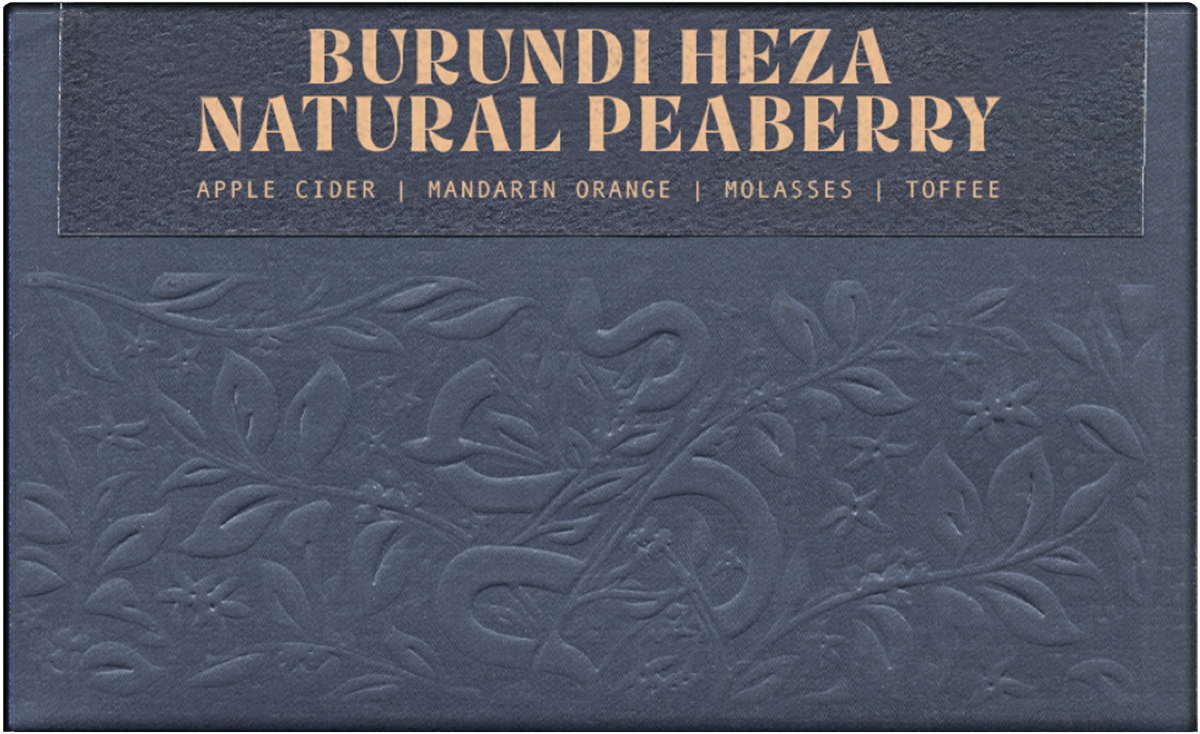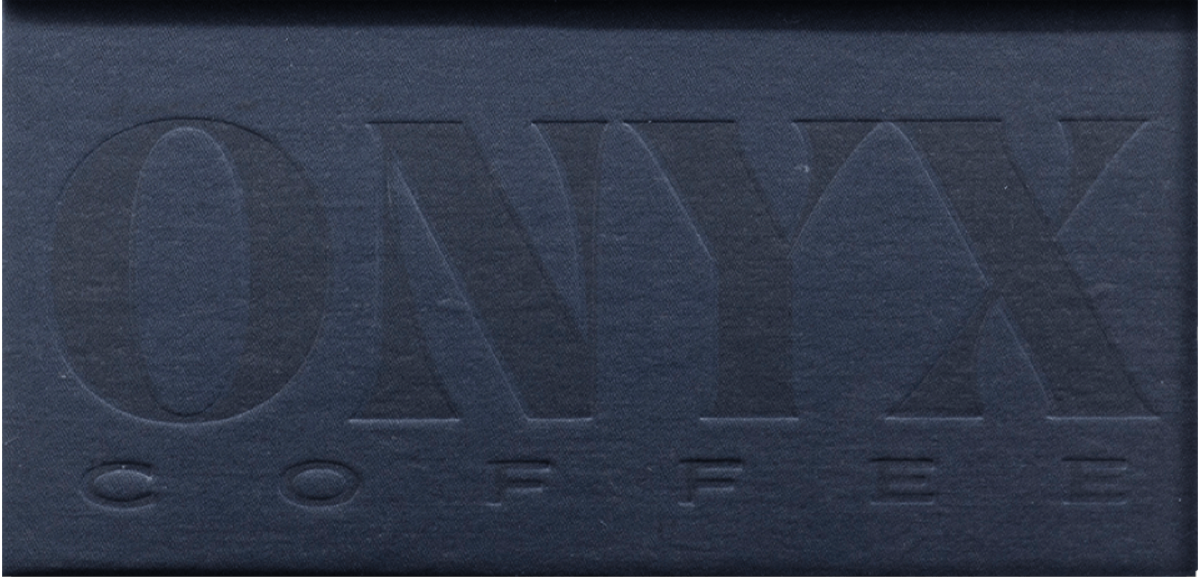Story
This coffee comes from our friends at Long Miles Coffee in Burundi. Each year we request a few samples of the harvest, and our friend David was kind enough to send over a few throughout the COVID pandemic. While cupping through the work of Ben and Kristy Carlson, it’s evident that quality is at the heart of what they do. After building the Bukeye station in 2013, they quickly followed up on the construction of the Heza washing station. These stations formed the Long Miles Coffee Project, with a focused effort to improve quality through intensified sorting throughout the milling process, facilitate direct connections between farmers and roasters, and improve the livelihood of local coffee farmers. Each harvest is separated into hills, allowing for higher traceability and easier repeated buying from roasters. This lot is a community peaberry lot, sourced from many of the hills that deliver to Heza. Peaberry is an occurrence that takes place when a single seed forms in the cherry, causing the formation of a round seed instead of the usual flat-sided coffee. This is a small occurrence, usually, a crop will yield only 5-11% of total peaberry depending on the variety. This lot was separated at the dry mill level, using densitometric and screen sizing in order to separate the small peaberries away from the rest of the lots. You can read more about dry milling below.
DRY MILLING
Once the coffee is picked, processed, and dried, it still has a necessary step before it's ready for export. Dried coffee, which we refer to as parchment. The final processing stage is not only to remove the dried layer of parchment from the seed, but it's also a stage in many levels of quality checks that coffee passes through in Colombia. The first stage is hulling and de-stoning, removing the parchment as well as any chips of drying beds that may have gotten into the coffee. Parchment is separated by air and used as a fuel source for other stages of milling that may require heat. Once the seeds are hulled, they're then separated by size or screen size. The screens they pass through, and the final prep size is dictated by contract specifications. From sizing, the coffees are then separated by density, as a final check that the exportable green coffee is homogeneous before it gets to the roaster. Density is separated on a densimetric table. This is a clever bit of technology that allows more dense seeds to climb up, while the less dense coffees are separated off the bottom. Density is extremely important when it comes to roasting, as less dense coffees tend to roast at a different rate than denser, leading to uneven roasts. The final stage is a visual check, done by an optical sorter. Coffee is passed at a high rate of speed through a vertical chute, where cameras capture color and visual info about the coffee, quickly separating seeds that don't meet standards with a puff of air. As technology continues to evolve in coffee, preparation gets better and better, improving cup quality by many points...



